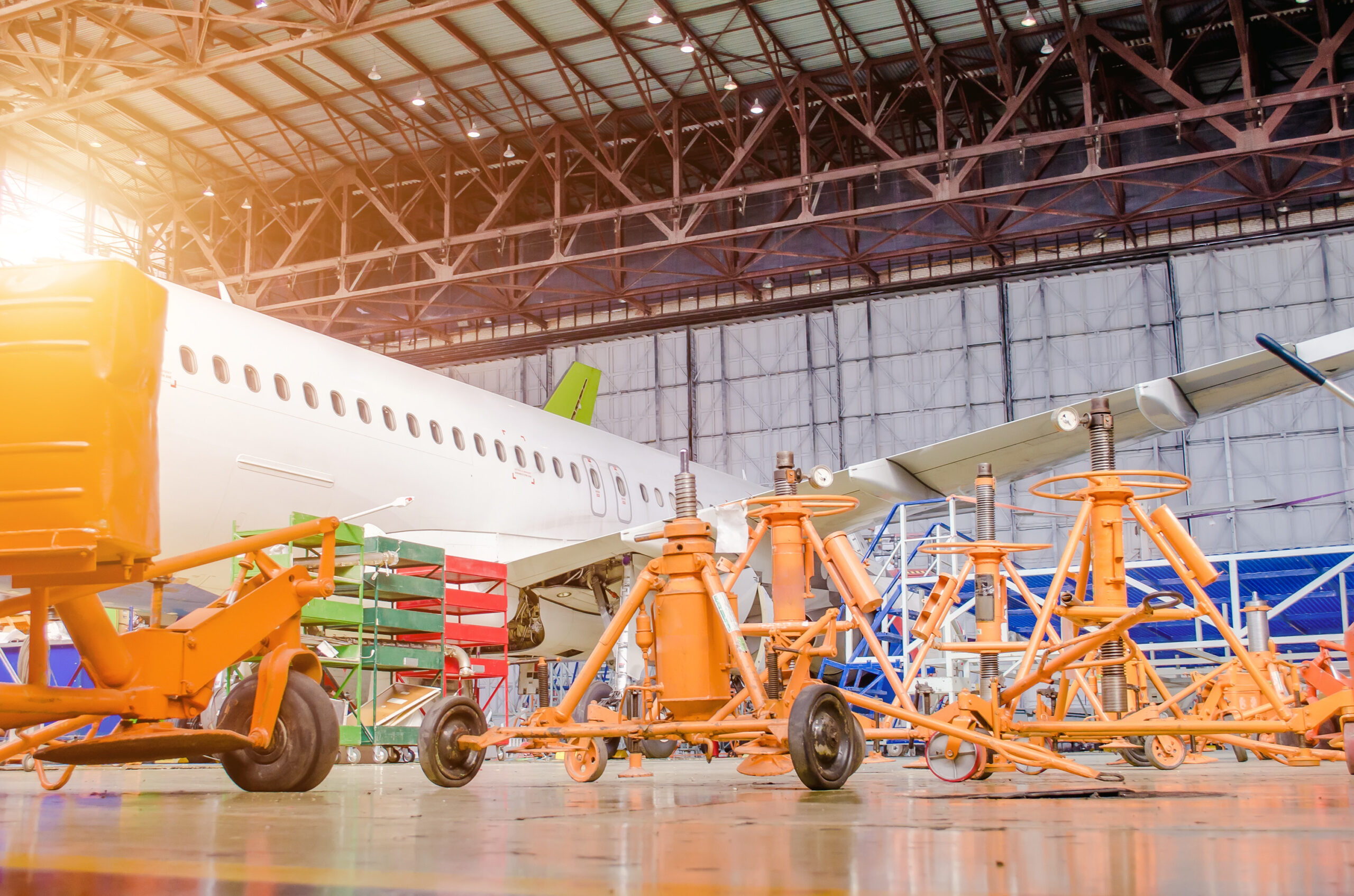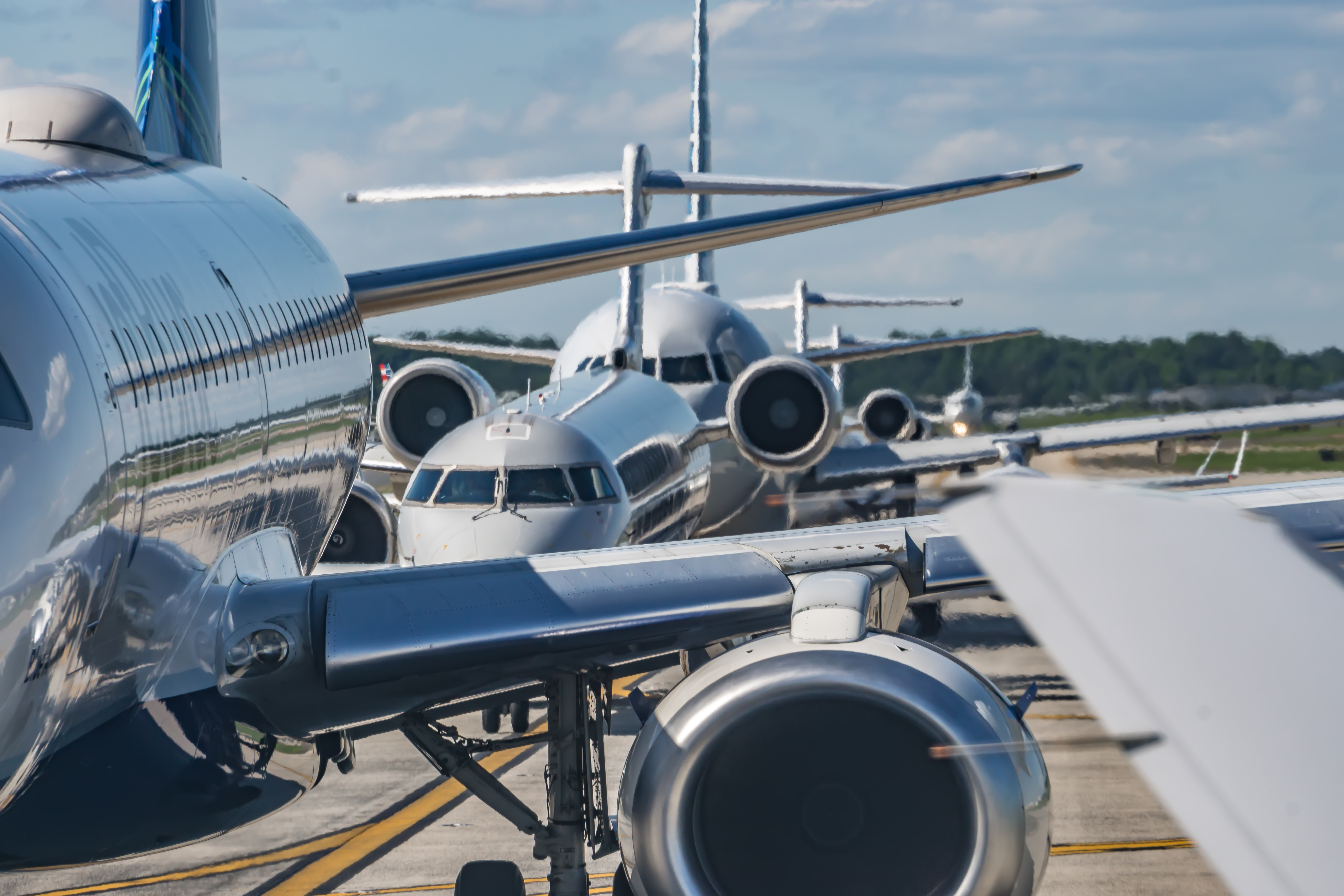With air transportation vividly developing across the globe, the aircraft aftermarket is increasingly attracting the attention from outside of the industry. Recently several UK-based aviation companies have secured a total of $9 million worth of investments from non-aviation financial institutions. The money will be used for the production of new and the expansion of restored aircraft parts capabilities. Meanwhile, it seems that aircraft leasing companies are following the steps of OEMs and are in the midst of cultivating their own interests which stretch outside their natural area of business.
While the global MRO industry earns approx. $53,5 billion per year, and the figures keep rising, industry players have noticed that this specific and narrow segment is receiving more and more attention from outside the market itself. The component segment is no exception.
‘Though the component segment generates approx. $12-13 billion, half of that in the engine MRO segment alone, it is of substantial interest to non-maintenance providers. One of the factors which keep the segment attractive is the ceaseless fleet expansion and the ongoing attempts of airlines to further cut activity costs,‘ comments Zilvinas Sadauskas, the CEO of Locatory.com.
Though the component segment generates approx. $12-13 billion, half of that in the engine MRO segment alone, it is of substantial interest to non-maintenance providers
Industry experts indicate that the price of new aircraft parts is rising by on average 4% each year thus further burdening carriers’ budgets. Furthermore, with only few manufacturers maintaining well-established logistics and warehouse networks that can support more flexible and prompt logistics, airlines are forced to invest millions in their own warehouses or search for the required inventory from third party suppliers. Under such circumstances, regardless of the region, more and more airlines prefer to repair or acquire used parts rather than buy several times more expensive new ones.
‚Furthermore, as OEMs are endeavouring to receive maximum income from their products, so do leasing companies which are exploring additional options for their fleets‘ afterlife. While the industry is experiencing another flow of fleet renewals, many lessors are being left with older planes which are harder to reintroduce to the market with each consecutive leasing. With this in mind, leasing companies are intensively exploring options of investing into aircraft tear downs, ensuring higher residual values for their assets,‘ comments the CEO of Locatory.com
According to the Aircraft Fleet Recycling Association, during the next couple of decades up to 12,000 aircraft will be sent for tear downs, i.e. approx. 600 per year. On average 60-70% of the dismantled aircraft parts can be restored and reintroduced to the market. However, with adequate investment into human resources and technologies, the figures can reach 80% with a perspective to further grow to 90% (subject to new recycling technologies). In order to meet the rising demand and make the best of acquired assets, dismantling businesses are also actively searching for additional financial options to support their development.
Considering such major acquisitions like AeroTurbine by ILFC a couple of years ago, the industry observes that aviation leasing companies do not intend to limit themselves to aircraft finance only. Whether it is an aircraft, engine or an inventory stock, the leasing industry is seeking to ensure a broader presence on the market in order to improve the control of their assets. Owning thousands of aircraft, leasing companies hold one of the largest inventory stocks. Unfortunately, a large portion of that stock is poorly managed.
‘The key for effective asset management is ensuring its wide availability and constant monitoring of market trends. Today it might cost nothing, but tomorrow – a fortune, if you are the only one who can supply this part to an AOGed carrier. In any case, financial and leasing companies are step by step increasing their presence in the MRO market, with a perspective to become another large player in a relatively small and highly competitive segment,‘ concluded Zilvinas Sadauskas.



